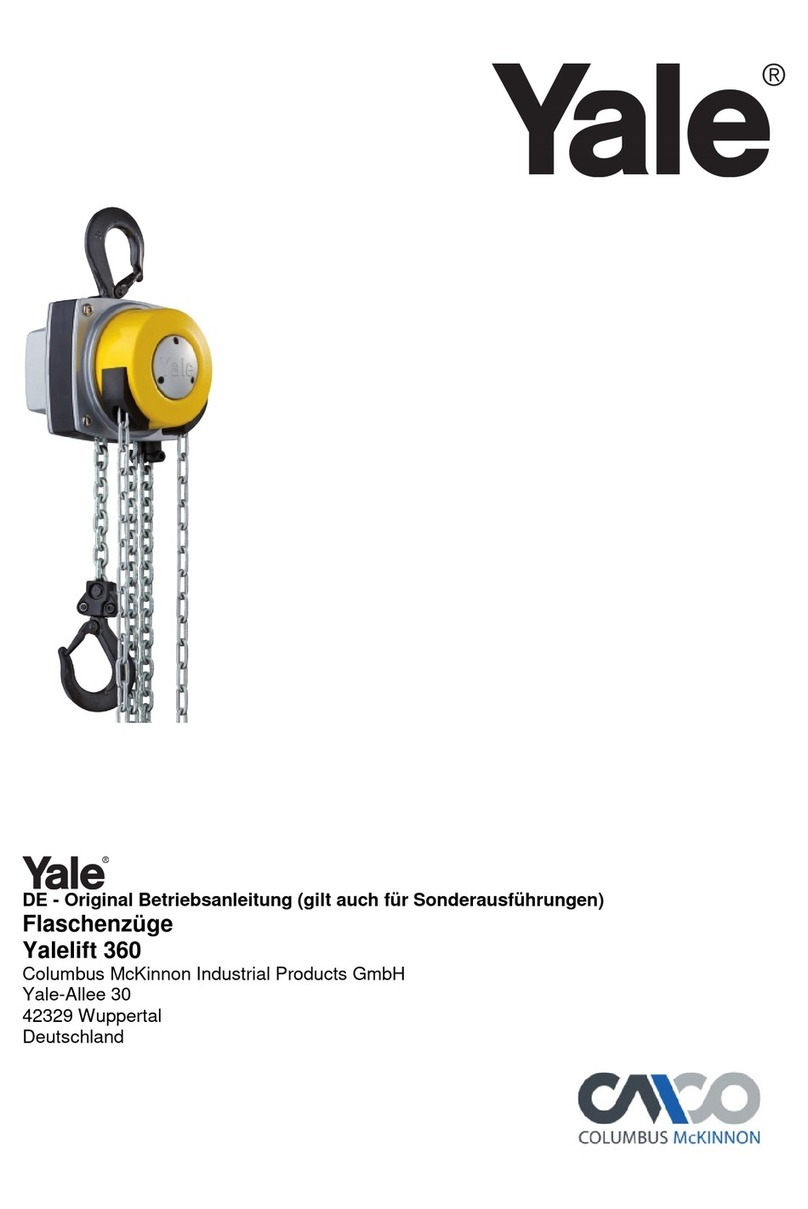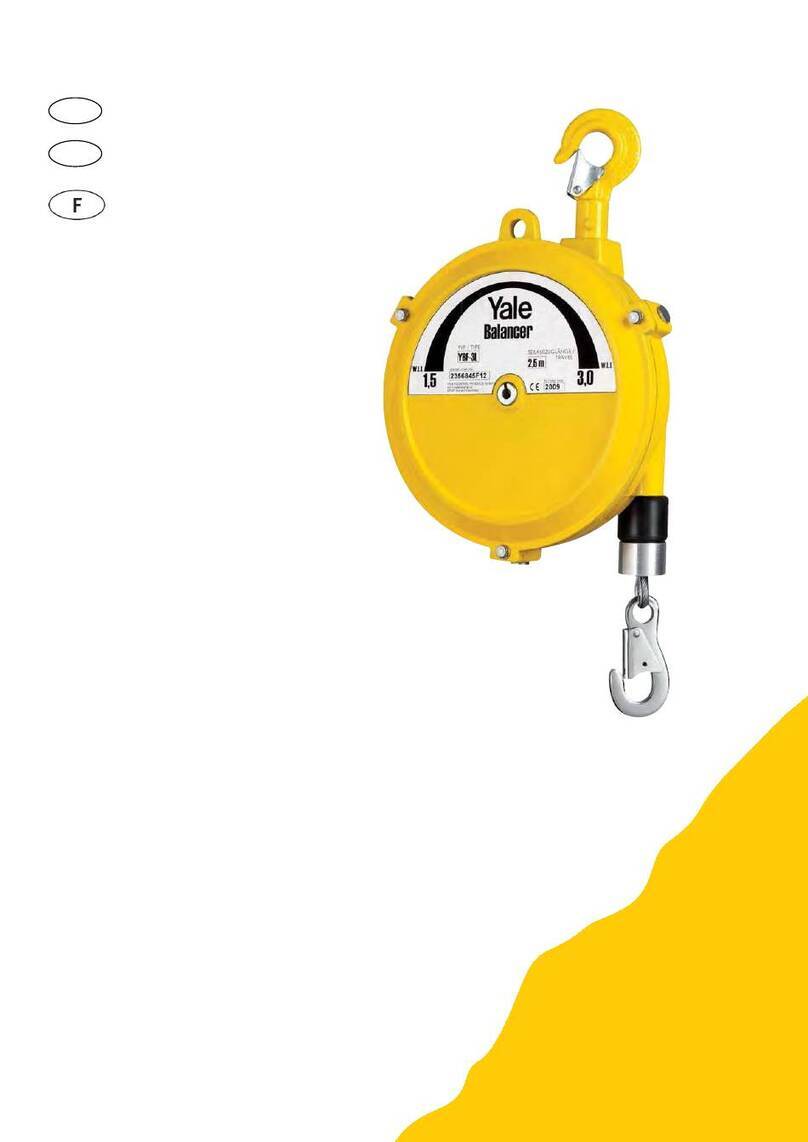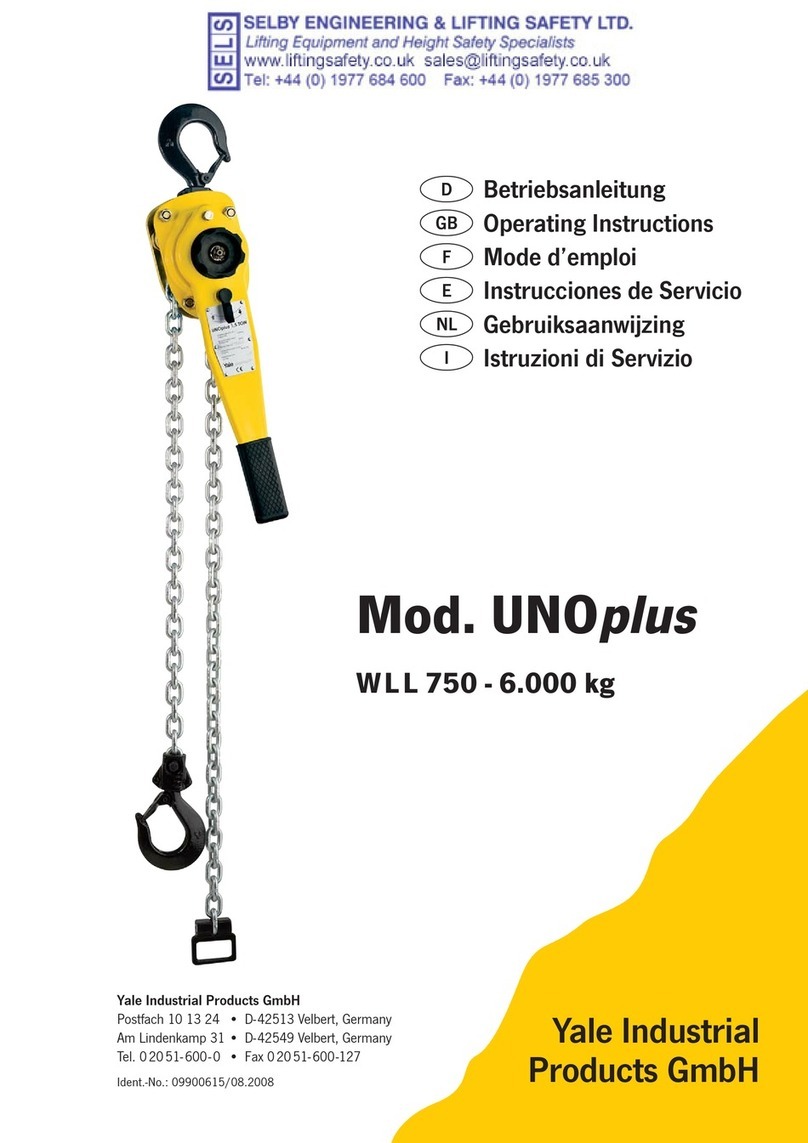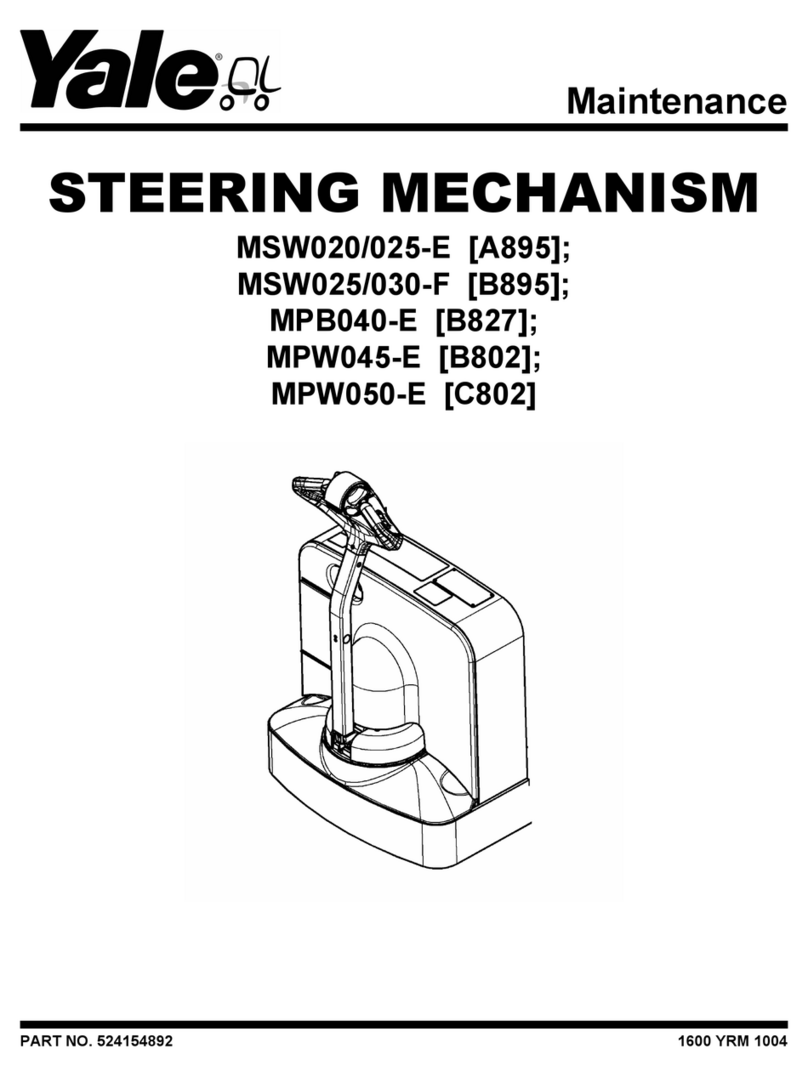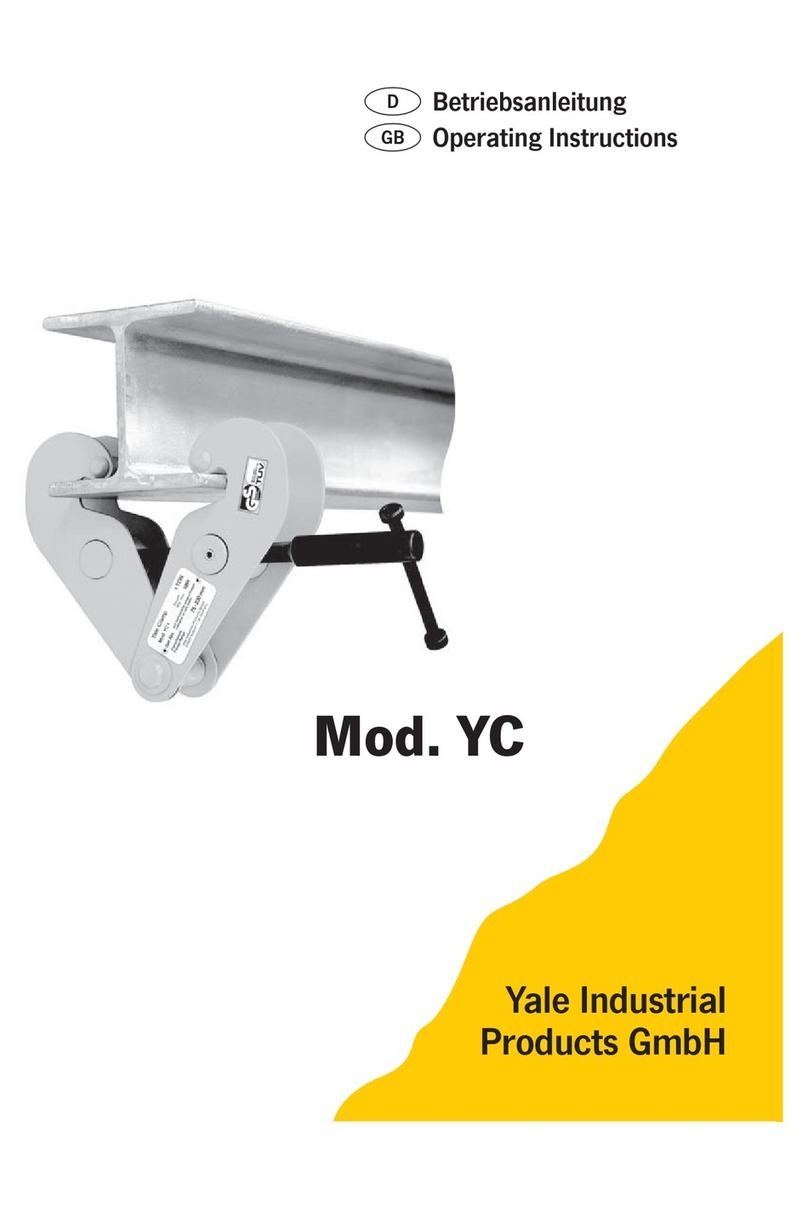
Load Handling, How to Engage and Disengage a
Load ...................................................................... 93
Load Handling, Traveling .......................................... 96
Load Handling, Emergency Load Lowering .............. 100
HIGHWAY TRUCKS, RAIL CARS, AND DOCKS ....... 102
ATTACHMENTS ......................................................... 103
Disconnecting Attachment Hydraulic Quick-
Disconnect Hoses ................................................. 103
Connecting Attachment Hydraulic Quick-Disconnect
Hoses .................................................................... 104
STOPPING ................................................................. 105
PARKING .................................................................... 105
Maintenance ................................................................ 106
GENERAL ................................................................... 106
Serial Number Data .................................................. 107
HOW TO MOVE A DISABLED LIFT TRUCK .............. 107
How to Tow the Lift Truck ......................................... 107
HOW TO PUT A LIFT TRUCK ON BLOCKS .............. 108
How to Raise the Drive Tires .................................... 108
How to Raise the Steering Tires ............................... 109
HOW TO CLEAN A LIFT TRUCK ............................... 109
Maintenance Schedule ............................................... 110
Maintenance Procedures Every 8 Hours or Daily .... 135
HOW TO MAKE CHECKS WITH THE ENGINE
STOPPED ................................................................. 135
Tires and Wheels ...................................................... 135
Safety Labels ............................................................ 137
Mast, Carriage, Header Hoses, Lift Chains, and
Attachment ............................................................ 137
Operator Restraint System ....................................... 139
Emergency Locking Retractor (ELR) ...................... 141
Hood and Seat Latches ............................................ 141
Engine Compartment ................................................ 142
Paper Application ...................................................... 142
Fuel, Oil, and Coolant Leaks, Check ........................ 144
Hydraulic Hoses ........................................................ 144
Coolant Hoses .......................................................... 144
Steering Column Gas Cylinder ................................. 144
Transmission ............................................................ 144
Hydraulic System Oil ................................................ 145
Engine Oil ................................................................. 146
Air Filter .................................................................... 151
Forks ......................................................................... 151
Forks, Remove ......................................................... 151
Forks, Inspect ........................................................... 154
Forks, Install ............................................................. 154
Forks, Adjust ............................................................. 155
HOW TO MAKE CHECKS WITH THE ENGINE
RUNNING ................................................................. 157
Indicator Lights, Horn, Fuses, and Relays ................ 157
Contents
4
